Market Trends
Introduction
The diesel engine market is going through a great change, as we approach 2024. The technical progress of the engines increases their efficiency and reliability. The pressure to reduce pollution drives manufacturers to use new, cleaner fuels. The changing habits of consumers, especially the increasing demand for continuous electricity in the residential and commercial sector, are also changing the market. These trends are of strategic importance to the companies that are active in the market. They not only determine the development of products and investment plans, but also the positioning of companies in the increasingly environmentally conscious market.
Top Trends
-
Increased Demand for Backup Power Solutions
The demand for diesel generators as a reliable backup power source has increased in the wake of the extreme weather events. In 2023, for example, the United States saw a 30 per cent increase in the sale of diesel generators, following the hurricanes and wildfires. This trend has encouraged manufacturers to add further features to their products. Companies are investing in R&D to produce more efficient and durable generators to meet the growing market demand. -
Shift Towards Hybrid Power Systems
HYBRID POWER SYSTEMS are gaining in importance. Governments are encouraging this development with measures such as tax breaks for hybrid power stations. A good example of this is the United Kingdom, which has a law requiring a reduction in the carbon content of its electricity. Sales of hybrid power stations have increased by 25 per cent. The trend is forcing manufacturers to develop more integrated solutions, and it may well change the competitive situation. -
Technological Advancements in Generator Efficiency
The improvements in the design of engines have increased the fuel efficiency of diesel engines considerably. New models, for example, achieve a fuel economy of up to 20 per cent over previous models. This not only reduces operating costs for the customer but also fits in with the worldwide drive towards greater sustainability. As the regulations become stricter, the manufacturers are obliged to adopt these new technologies, which in turn affects their product development strategies. -
Regulatory Pressure for Emission Reductions
The diesel-engine market is being revolutionized by stricter emissions regulations. In Europe, the new limits require a 50-percent reduction in NOx emissions by 2025. So manufacturers are investing in cleaner technology. The new rules are reshaping the product and forcing companies to come up with solutions. The focus on the environment will also increase the degree of collaboration between the companies and the authorities. -
Growth in Remote and Off-Grid Applications
A growing number of diesel-powered generators are being used in off-grid and remote locations, particularly in developing countries. A recent report suggests a 40% increase in the number of generators installed in Africa, prompted by the need for reliable power in rural areas. This trend is causing manufacturers to develop products for specific markets, which is helping them to penetrate the market. A future development might be the introduction of more portable and flexible generator designs to cater for these markets. -
Integration of IoT and Smart Technologies
The integration of IoT in diesel generators has radically changed the efficiency and monitoring of the machines. Now the industry is able to offer generators that can be remotely monitored for performance and maintenance requirements. This trend is evidenced by a projected growth in sales of IoT-enabled generators, which are projected to grow by 15% in 2023. As the demand for more control and efficiency increases, the industry will be able to further expand its smart product offerings, and this will enhance customer engagement. -
Focus on Noise Reduction Technologies
Noise regulations are forcing manufacturers to develop quieter diesel engines. For example, new models achieve a noise level of 60 dB, which makes them suitable for urban use. In recent years, the demand for low-noise generators has risen by up to 20 per cent in residential areas. And as urbanization continues, the market is likely to see further innovations aimed at reducing operating noise. These innovations will have an impact on design and engineering practices. -
Rising Popularity of Portable Generators
Portable diesel generators are becoming more and more popular in the world. This is mainly due to their versatility and convenience. Sales data show that by 2023, the proportion of portable generators used by small and medium-sized enterprises and private households will increase by 35 percent. This trend has prompted manufacturers to focus on light, compact, and smart products. Further developments are likely to include the integration of batteries and the use of a higher degree of intelligence in the design, in order to cater to the needs of a broader audience. -
Increased Investment in Disaster Recovery Solutions
Disaster recovery is an increasingly important field of investment, and the growing frequency of natural disasters has increased the investment in disaster recovery solutions, including diesel generators. A 50% increase in the number of generators purchased for disaster recovery has been seen. Taking advantage of this trend, manufacturers are enhancing their offerings for disaster recovery. The implications of this trend could include establishing relationships with government agencies to ensure rapid deployment. -
Emergence of Second-Hand Generator Markets
A new market is emerging for second-hand diesel generators, which are becoming an increasingly economical alternative for businesses and consumers. The market is estimated to be growing at 30 per cent a year, mainly due to the need for temporary power solutions and budget constraints. The trend has led manufacturers to develop certified pre-owned products that ensure quality and reliability. The future may bring even more standardization and warranty in the second-hand market, thus increasing consumer confidence.
Conclusion: Navigating Diesel Generator Market Dynamics
In the year 2024, the diesel engine market will be characterized by intense competition and significant fragmentation, with the presence of both historical and new players. There will be a general trend towards greater conformity with the rules of the game, which will require the companies to adapt and develop new products. The historical companies will be able to use their brand and distribution network to establish themselves, while the new companies will be able to differentiate themselves on the basis of advanced technological features such as artificial intelligence, automation and flexibility. As the market evolves, the ability to integrate sustainable practices and to increase operating efficiency will be crucial for leadership. The suppliers must therefore focus on technological development and strategic alliances to exploit the opportunities that arise.

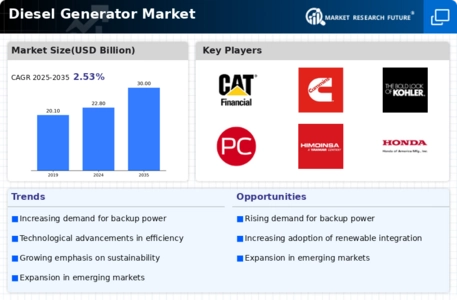
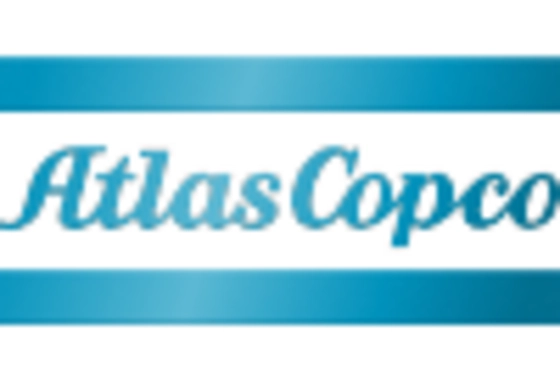
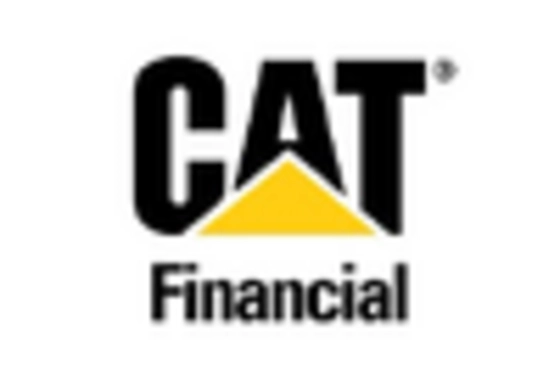
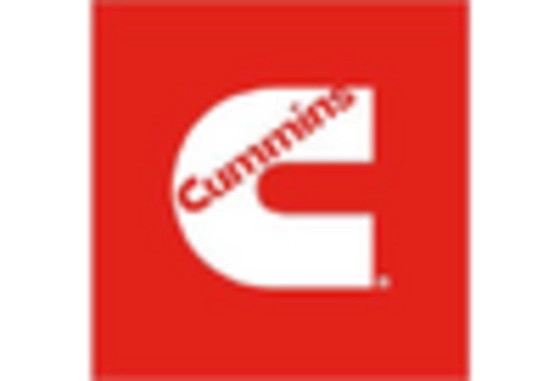
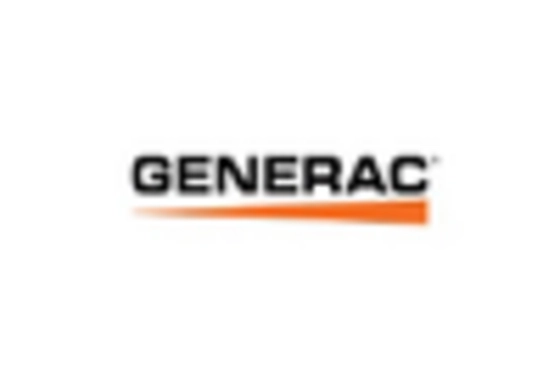
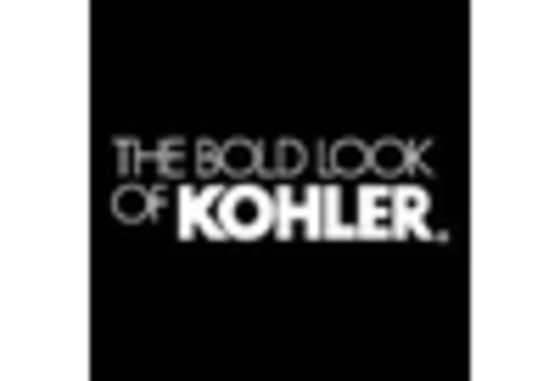
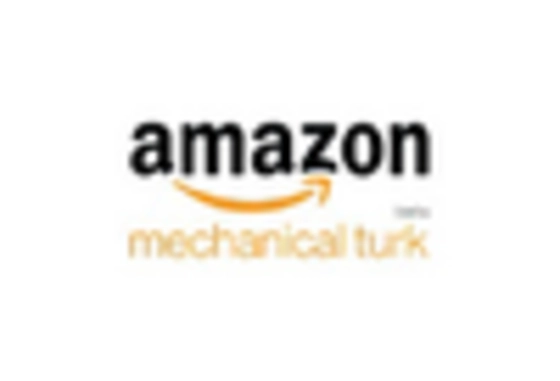









Leave a Comment